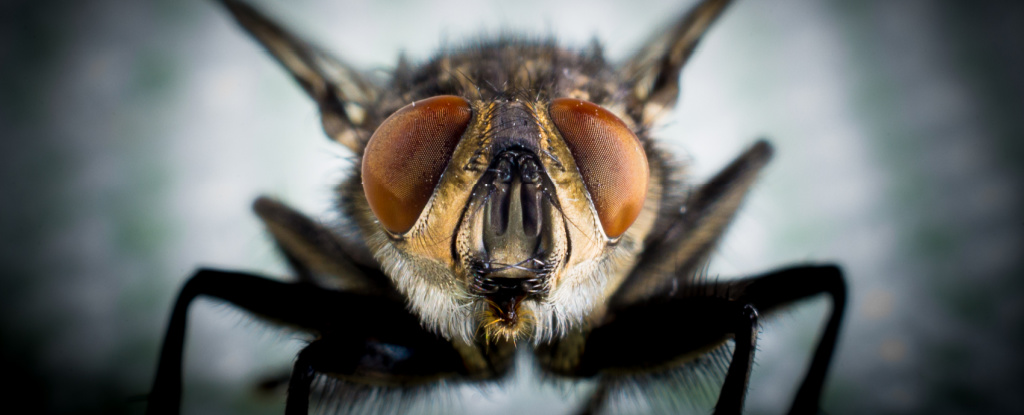Antioxidants, Vol. 13, Pages 522: Dietary Astaxanthin Can Promote the Growth and Motivate Lipid Metabolism by Improving Antioxidant Properties for Swimming Crab, Portunus trituberculatus
Antioxidants doi: 10.3390/antiox13050522
Authors: Yao Deng Shichao Xie Wenhao Zhan Hongyu Peng Haiqing Cao Zheng Tang Yinqiu Tian Tingting Zhu Min Jin Qicun Zhou
This study aimed to assess the influence of varying dietary levels of astaxanthin (AST) on the growth, antioxidant capacity and lipid metabolism of juvenile swimming crabs. Six diets were formulated to contain different AST levels, and the analyzed concentration of AST in experimental diets were 0, 24.2, 45.8, 72.4, 94.2 and 195.0 mg kg−1, respectively. Juvenile swimming crabs (initial weight 8.20 ± 0.01 g) were fed these experimental diets for 56 days. The findings indicated that the color of the live crab shells and the cooked crab shells gradually became red with the increase of dietary AST levels. Dietary 24.2 mg kg−1 astaxanthin significantly improved the growth performance of swimming crab. the lowest activities of glutathione (GSH), total antioxidant capacity (T-AOC), superoxide dismutase (SOD) and peroxidase (POD) were found in crabs fed without AST supplementation diet. Crabs fed diet without AST supplementation showed lower lipid content and the activity of fatty acid synthetase (FAS) in hepatopancreas than those fed diets with AST supplementation, however, lipid content in muscle and the activity of carnitine palmitoyl transferase (CPT) in hepatopancreas were not significantly affected by dietary AST levels. And it can be found in oil red O staining that dietary 24.2 and 45.8 mg kg−1 astaxanthin significantly promoted the lipid accumulation of hepatopancreas. Crabs fed diet with 195.0 mg kg−1 AST exhibited lower expression of ampk, foxo, pi3k, akt and nadph in hepatopancreas than those fed the other diets, however, the expression of genes related to antioxidant such as cMn-sod, gsh-px, cat, trx and gst in hepatopancreas significantly down-regulated with the increase of dietary AST levels. In conclusion, dietary 24.2 and 45.8 mg kg−1 astaxanthin significantly promoted the lipid accumulation of hepatopancreas and im-proved the antioxidant and immune capacity of hemolymph.

 1 week ago
18
1 week ago
18

